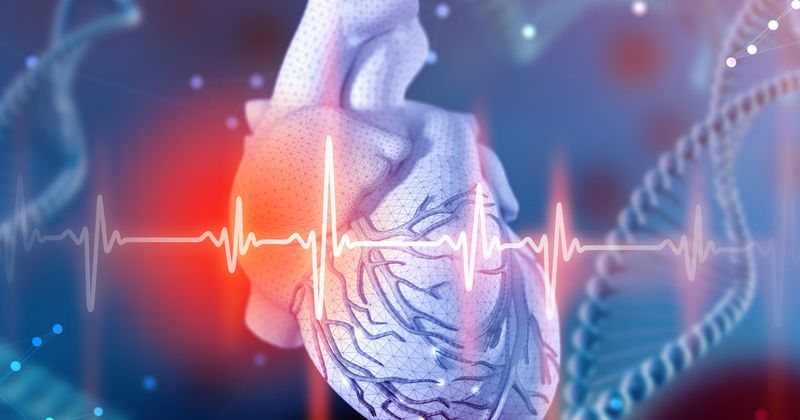TOMAHAWK: Immediate angiography fails to improve survival after cardiac arrest without STEMI
Immediate angiography did not provide a survival benefit compared with a delayed or selective strategy in patients with out-of-hospital cardiac arrest without ST-segment elevation, according to results of the TOMAHAWK trial.
“Among patients with resuscitated out-of-hospital cardiac arrest of possible cardiac origin, with shockable and nonshockable arrest rhythm and no ST elevation, a strategy of immediate, unselected coronary angiography was not found to be beneficial over a delayed and selective approach with regard to the 30-day risk of all-cause death,” Steffen Desch, MD, with the Heart Center Leipzig, University of Leipzig, Germany, said during a presentation at the European Society of Cardiology Congress. “These findings support results from a previous randomized trial — COACT.”

The TOMAHAWK trial included 554 patients (median age, 70 years; 30% women) with resuscitated out-of-hospital cardiac arrest and no evidence of ST-segment elevation on post-resuscitation ECG. Patients were randomly assigned to immediate coronary angiography or initial intensive care assessment and delayed or selective coronary angiography. Coronary angiography was performed in 95.5% of those in the immediate angiography group and 62.2% of those in the delayed/selective angiography group.
The prevalence of CAD was 60.7% in the immediate angiography group and 72% in the delayed/selective angiography group. A culprit lesion was identified in 38% and 43%, respectively.
Median time to return of spontaneous circulation was 15 minutes. All patients were comatose at the time of admission.
The primary endpoint of death from any cause at 30 days occurred in 54% of the immediate angiography group compared with 46% of the delayed/selective angiography group (HR = 1.28; 95% CI, 1-1.63; P = .06).
Death from any cause or severe neurological deficit at 30 days occurred in 64.3% of the immediate angiography group compared with 55.6% of the delayed/selective angiography group (RR = 1.16; 95% CI, 1-1.34).
The two groups had similar values for peak troponin release and rates of moderate or severe bleeding, stroke and renal replacement therapy.
There were no differences in subgroup analyses by age, sex, diabetes, status of first monitored rhythm, confirmed MI, targeted temperature management and time from arrest to return of spontaneous circulation.
The trial was conducted at 31 sites in Denmark and Germany from November 2016 to September 2019.
As Healio previously reported, the COACT trial failed to show benefit of immediate angiography in this patient population.
“Although the COACT trial enrolled only patients with a shockable arrest rhythm, the TOMHAWK trial recruited patients with both shockable and nonshockable rhythms, thereby extending the findings to a broader spectrum of risk,” the researchers wrote in The New England Journal of Medicine.
The new data may help to avoid unnecessary immediate cardiac catheterizations after out-of-hospital cardiac arrest, Desch said.
“For clinical practice, this means you can take your time, evaluate the clinical course in the ICU and, if still indicated, coronary angiography may be performed at a later time in the following days or not at all if a coronary cause of the out-of-hospital cardiac arrest seems unlikely,” Desch said.











